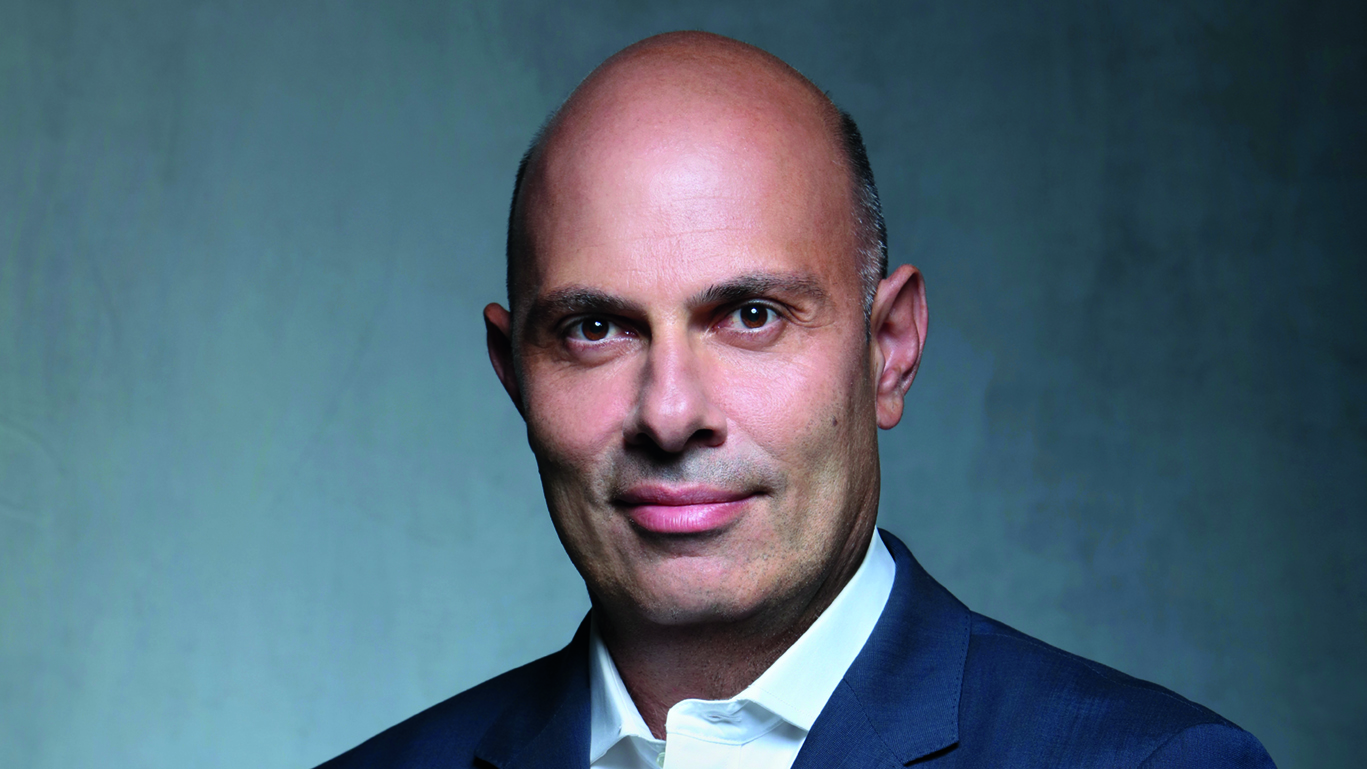
The country’s first additional Tier 1 bond proves its banking sector is investible at all capital tiers.
More than a decade after the onset of the eurozone debt crisis, legacy non-performing exposures (NPEs) still cast a long shadow over parts of southern Europe. No banking sector has suffered more than Greece’s, and no lender’s non-performing loan battle has been bigger than Piraeus Bank — now known as Piraeus Financial Holdings.
By September 2015, the country’s second-largest lender had €37bn of bad debt and an NPE ratio of 55%. Its response, however, was commensurate to the challenge: “Piraeus started what was probably the biggest NPE clean-up of a bank of its size that has ever been done,” says Theodore Gnardellis, the group’s chief financial officer.
A new dawn
By March 2021, the bank had cut NPEs to some €22bn. That same month, it turned things up a notch by announcing its ‘Sunrise Plan’, which aims to slash bad debt to around €4bn by March 2022 and raise €2.6bn in capital. Both goals seem within reach. By mid-year, NPEs sat at €9bn, an oversubscribed rights issue had raised €1.4bn and the bank had just sold Greece’s first additional Tier 1 (AT1) bond.
Debuting the most subordinated category of bank debt in the euro area’s lowest-rated country is not for the faint of heart. But Piraeus was accustomed to venturing into uncharted bond territory to the benefit of its national peers. Just two years ago, it became the first Greek bank to access international markets since 2008. “We were blessed and cursed with the responsibility of doing everything first,” says Mr Gnardellis.
After revealing its capital plans in March, Piraeus waited until its hefty equity raise was complete before announcing the AT1. “It had to follow the equity deal as credit investors need to feel there is sufficient CET1 [common equity Tier 1] below them,” he says. Piraeus’s partner banks for implementing the Sunrise Plan, Goldman Sachs and UBS, were appointed global coordinators. Credit Suisse, Deutsche Bank and Morgan Stanley were later added as joint bookrunners.
Blue-sky scenario
The AT1 roadshow was intense, covering 70 investors over three days. “There was a lot of people who understood the story, having heard it during the share-capital increase,” says Mr Gnardellis. “So, we confined the roadshow to credit-only names that hadn’t seen the equity deal.” The notes were marketed at guidance of 9–9.25% and at a minimum volume of €300m. “We were careful not to commit ourselves to size, as we wanted to see how we’d find the market and see the book shaping,” he explains.
Piraeus started what was probably the biggest NPE clean-up of a bank of its size that has ever been done
On June 9, Piraeus launched a €600m AT1 in its simplest structure — the notes are temporarily written-down if the bank’s CET1 falls below 5.125%. Demand was strong so pricing tightened to 8.75%, which lost only a small number of investors. Almost 200 investors spanning more than 20 countries subscribed to the deal. It attracted €2.2bn in demand, making it nearly four times oversubscribed.
For notes rated Ca by Moody’s and CCC- by S&P — some nine notches below investment grade — commentators have commended the size of the order book. Piraeus, too, was impressed by the outcome. “Had you told us a year ago that we would have done this share capital increase — and especially have issued an AT1 with an 8.75% coupon — it would have been [seen as] a blue-sky scenario,” says Mr Gnardellis. Its success has been credited to the bank’s well-defined capital plan and de-risking programme, strong transparency and hitting the pandemic curve at a time when optimism was improving. An abnormally high coupon amid Europe’s rock-bottom interest rates was undoubtedly another drawcard.
Showstopper no more
The deal marks the beginning of a new chapter for Piraeus. Its April equity raise means the Hellenic Financial Stability Fund — the government’s bank rescue vehicle — is no longer the controlling shareholder. Once the NPE target has been reached, Piraeus’s capital adequacy ratios will improve by around 200 basis points. “The NPE [and] capital story is a legacy story. Our focus is shifting from the balance sheet to profitability,” Mr Gnardellis says. “That is the basic merit of the clean-up and that will be our story from 2022 onwards.”
Its AT1 is a win for Greece’s banking sector more broadly. Not only has it set a new regulatory capital benchmark, but it’s also piqued the interest of investors who had not considered lending to the country for some time. Mr Gnardellis says this continues a trend the bank started two years ago: “Every time we have gone to market — in 2019, 2020 and 2021 — we’ve seen more and more names looking at Piraeus, the country and its banking sector. In many ways, we revived a lot of names that had not looked at Greece for more than a decade.”
Piraeus’s AT1 has, he believes, proven that Greek banking is investible at all capital tiers, and that all the right names will look at the case. “They won’t necessarily invest, but being a Greek bank is no longer a showstopper,” he says. “Investors are now looking at the story.”


